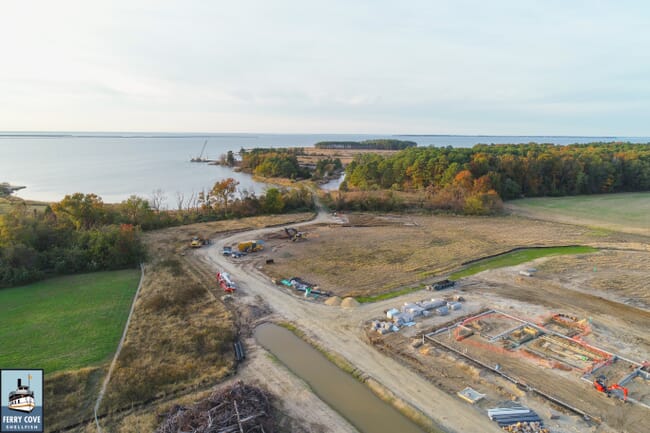
The state-of-the-art privately held facility will produce juvenile eastern oysters (Crassostrea virginica) to support the growing demand.
“One of the barriers to growth that quickly emerged as we evaluated the aquaculture market was the availability of larvae and seed to support the shellfish industry,” said Stephan Abel, president and CEO of Ferry Cove Shellfish. “We want to grow the segment while, at the same time, preserving the culture and history of the iconic oyster fishery.”
Using advanced hatchery production techniques including a recirculating aquaculture system (RAS) and biosecurity systems, coupled with its green building design and energy-efficient upgrades, Ferry Cove Shellfish aims to provide the industry with high-quality, low-cost larvae and seed. In addition, it will be working to develop and implement new, innovative grow-out techniques to optimise the production of shellfish and address coastal resiliency issues.
The 20,000 square-foot facility will feature equipment for algal production, water filtration and seawater heating, allowing the hatchery to extend its larvae production beyond the current April-to-September season. It will also include back-up systems to ensure operations during tropical storms, low salinity and poor water quality events. Research and planning for Ferry Cove and its systems began several years ago, and were finally realized when site work began this summer.
Over the last decade, there has been a resurgence of the popularity of shellfish consumption and an increase in oyster farms and hatchery-produced shellfish being produced across the region.



